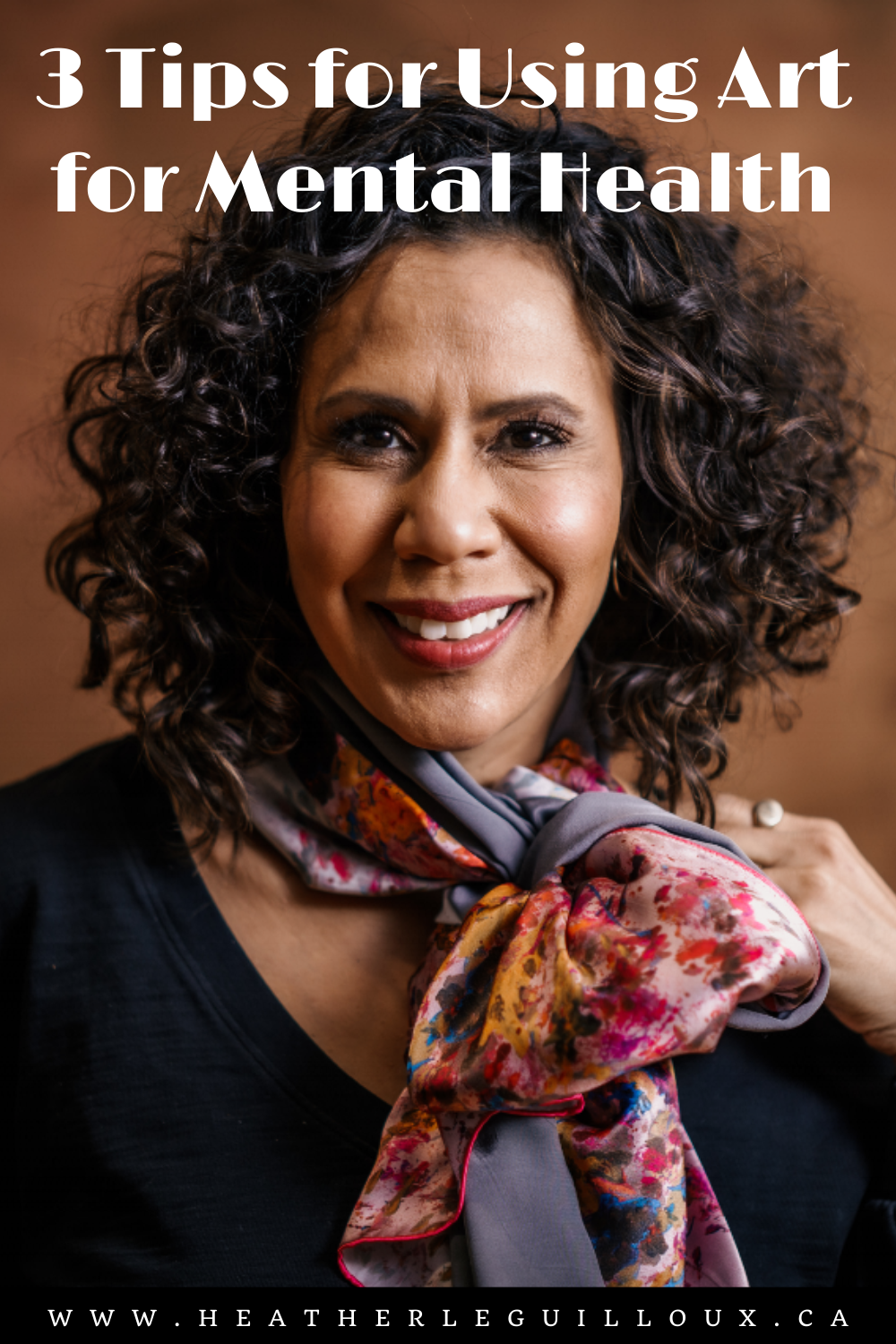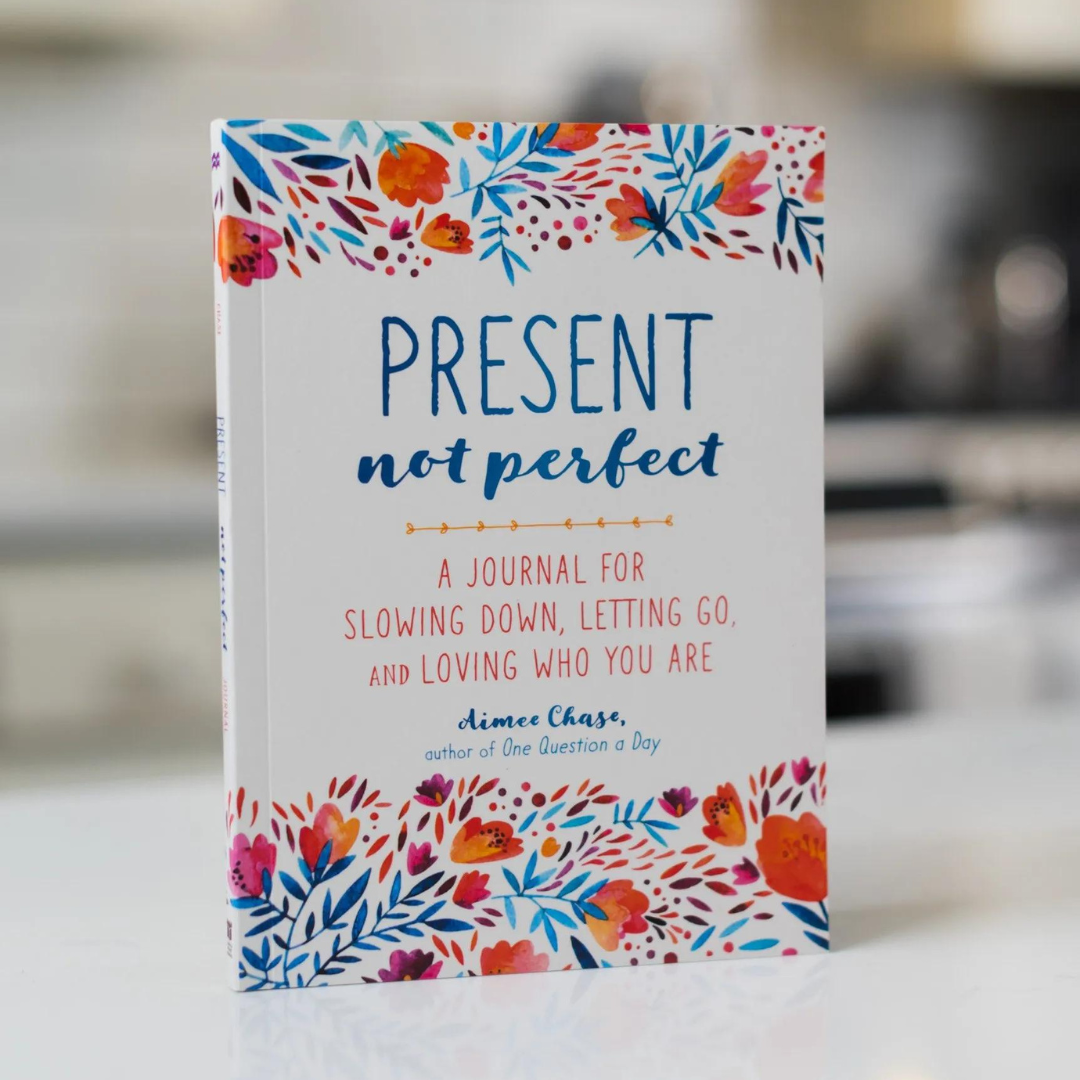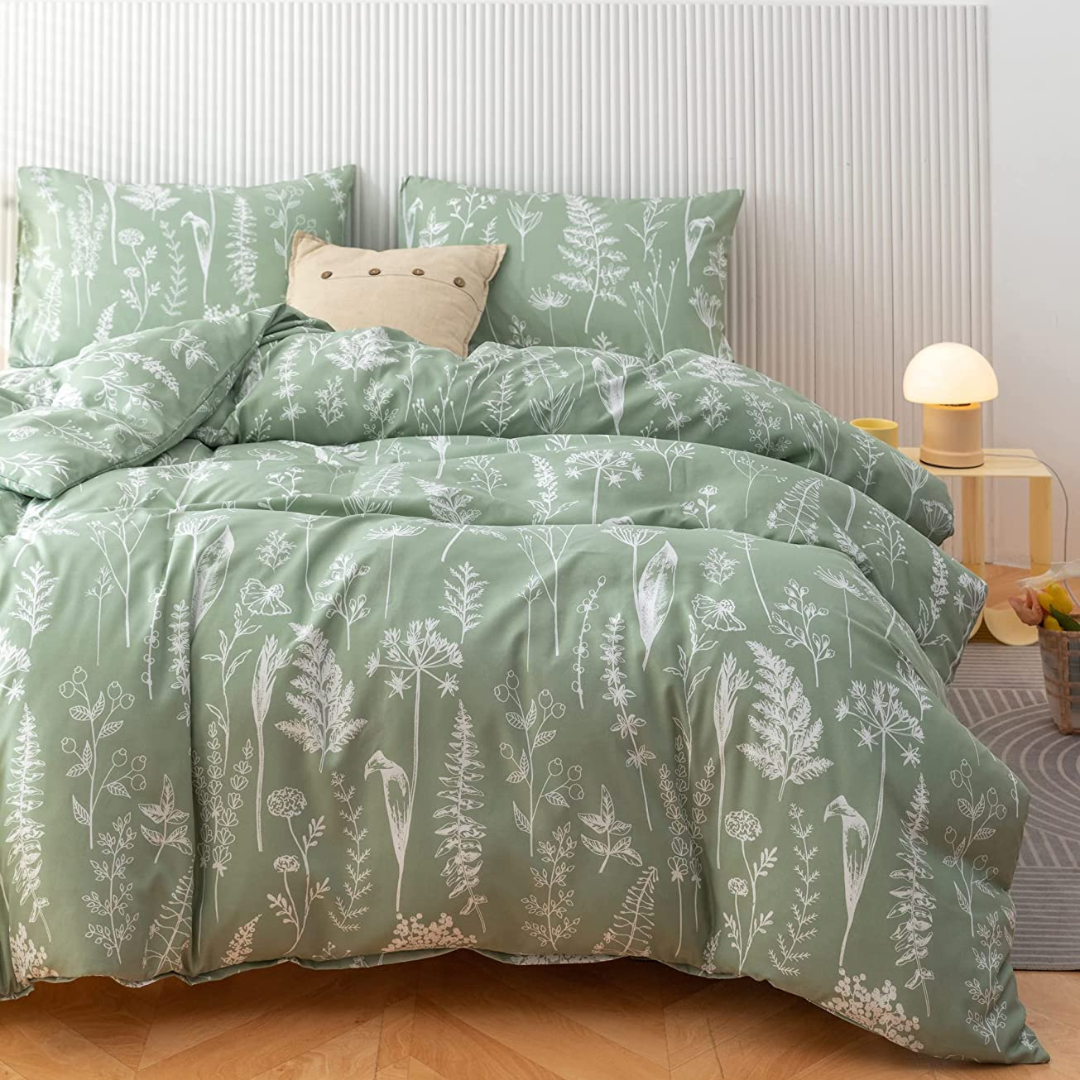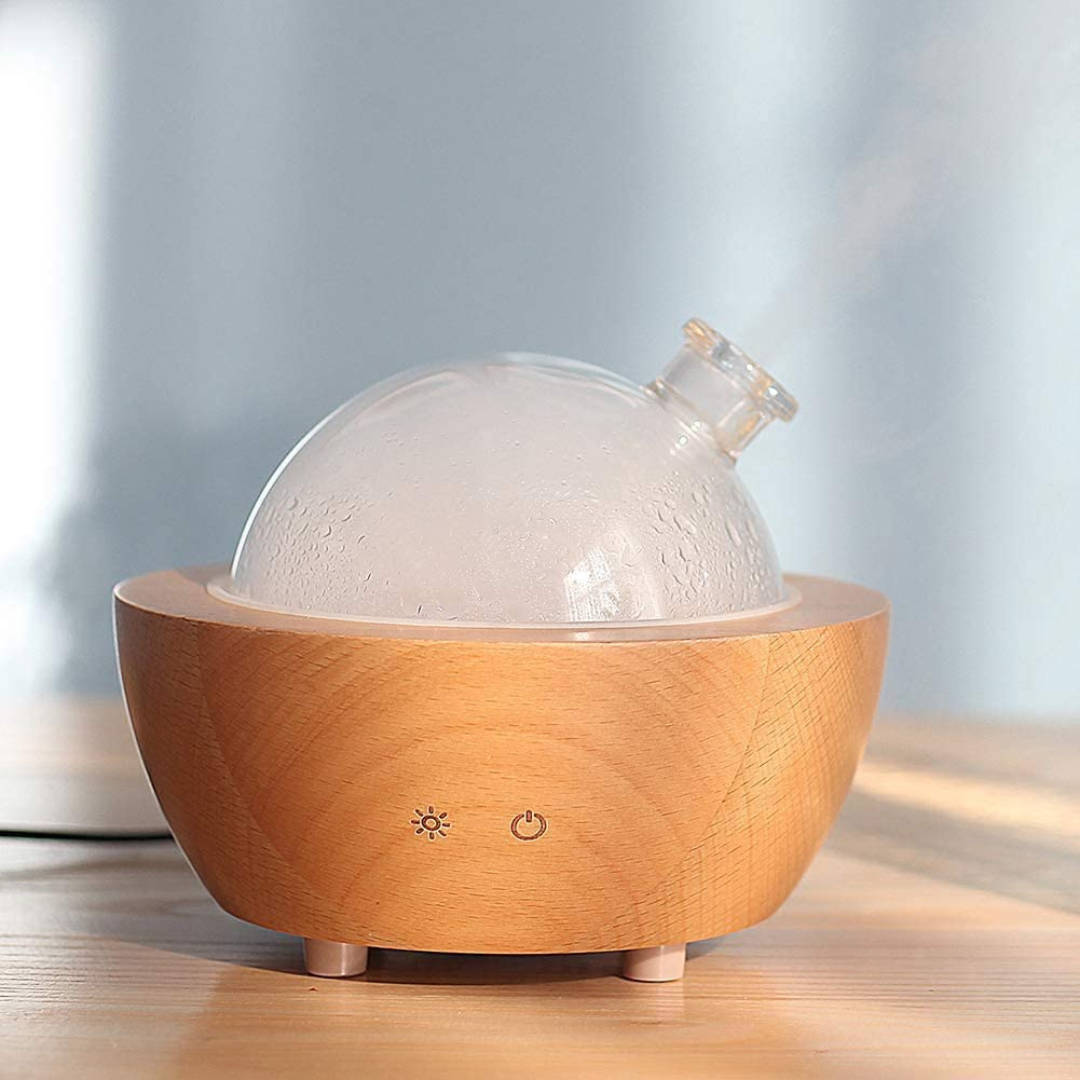|
|Being able to express ourselves in healthy and safe ways is one to the cornerstones of mental wellness. It is why therapy can be so helpful in managing our anxieties. It may also be why we love art. Art is a way for us to communicate those thoughts and feelings we can’t put into words. They have to be shown to us in painting or metaphor. Seeing art that can really get to the core of an experience tends to resonate with the viewer. Nathon Kong collaborates with participants of a local non-profit organization in Montreal called Les Impatients, where creators with mental health troubles make art as part of an art therapy program. Each art piece communicates a story of how each participant lives with mental health, and we weave these stories into clothing to raise awareness for mental health. By courtesy of Heather LeGuilloux, I will share how creating art has helped some participants of Les Impatients and some tips on how you can use art as a tool for self-care. Please note: This guest article does not contain healthcare or therapeutic advice. If you are concerned about your health or well-being, speak with a health professional or visit your nearest medical facility in an emergency. The links in this article may be affiliate links that I will be compensated for at no additional cost to you. Examples of Art as a Mental Wellness Practice 1. Using Art to Transcend Boundaries Oftentimes, having mental health troubles is seen as something apart from us. That it is something wrong with us, something we need to get rid of, or something we need to fix about ourselves. Sergio Larenas doesn’t like this stigma that surrounds those with mental health troubles. His artwork represents the rejection of the boxes people put us in. He uses colours like red and yellow, representative of his Latin-American heritage and the expectations that come with it, and splatters the paint across the canvas. The artwork doesn’t follow the constraints of boundaries. The painting is as he and all of us are: Chaotic, imperfect, and still beautiful. 2. Expressing a Story with Art William (Bill) Market spent nearly forty years in a mental institution before finally getting out at the age of sixty-five. Bill combines depictions of weaving into his drawings of landscapes by using a mathematical equation of his own invention. He meticulously counts each pencil stroke, colouring in between the lines to create these geometric gems. The resulting piece is a representation of what freedom is. Each of Bill’s artworks take incredibly long to make. It is labour intensive work, but his journey to attaining his freedom was neither quick nor easy. Almost all tasks worth pursuing, such as freeing yourself from anxiety or depression, often take a long time and a lot of work. But in the end, something beautiful arises from the challenge. You can click here to discover our collection of stories of other Les Impatients creators. How You Can Create Art to Cultivate Mental Wellness Creating art can be a tremendous method for putting onto canvas (or film or manuscript) the thoughts and feelings that rumble in your head. It is one of the big reasons why we incorporate art with fashion accessories. The stories of Les Impatients creators get shown by the wearer to others. Creating art for mental health gives form to your ideas and anxieties, allowing you to understand what you are thinking. 1. Create with the Door Closed In his memoir On Writing, the horror novelist Stephen King encourages the importance of creating ‘with the door closed’. When you sit down to start an artwork, what you create should stay entirely private. This way, you can take what is on your mind and put it onto paper without censoring yourself, without worrying what people will say about your artwork. You don’t have to have any idea of what you are trying to say yet. Sergio and Bill didn’t know what they were creating until they made it. 2. Finish What You Start The first few art pieces you make aren’t going to turn out the way you imagined them. As soon as it begins to deviate from that vision of perfection you first imagined, you may be tempted to scrape it. Resist this urge! Remember, the benefit of creating art for mental health is being able to see what is on your mind. Do whatever you have to do to finish it so you can fully understand your thoughts. You may put it in the trunk and never look at it again afterwards, or you may surprise yourself. 3. Reflection Once you’ve completed your work, then it is time to look back on it and ask some specific questions of your artwork. Why did you create the painting the way you chose to create it? Why did you make such and such a brushstroke? Why did you play that note at that pitch? There won’t be any right or wrong answers to these questions. Whatever you feel the answer is will probably be right and you’ll begin to discover what you are trying to say. Optional: Share Your Work This goes counter to ‘creating with the door closed,’ but you may find that what you at first created for only yourself is actually pretty good. If you feel compelled to share your work, we hereby give you full permission to do so. To post it on Twitter, Facebook, YouTube and Instagram, or keep it in a close circle of friends. Sharing what you really feel with others is massively beneficial to your mental wellness. You get to feel understood, and may find that there are others that share ideas that you thought were unique to you. If your work speaks to you, it will certainly speak to others. About the Author Nathon Kong is a fashion company that combines fashion accessories with works of art. We incorporate the artwork of creators with diagnosed mental health issues so that each clothing tells the story of the creators journey to mental health wellness. We are committed to making an impact in the community we are a part of, which is why we donate 10% of all proceeds to Les Impatients. To date, we have raised $80,000 towards supporting mental health awareness and local artists. Website: https://www.nathonkong.com Facebook: https://www.facebook.com/nathonkonglabel Instagram: https://www.instagram.com/nathonkong The links in this article may be affiliate links that I will be compensated for at no additional cost to you. Want to start your own blog? Click here to visit the store.
0 Comments
Your comment will be posted after it is approved.
Leave a Reply. |
Welcome to the blog!↓ That's me, Heather. :)
MENTAL HEALTH RESOURCE VAULTGreat!Check your email for instructions on how to access the Mental Health Resource Vault. Categories
All
Popular Posts// 25 Positive Mindset Quotes
// Self-Care Bullet Journal Spreads // 7 Ways Your Physical Health is Connected to Your Mental Health |







 RSS Feed
RSS Feed
















